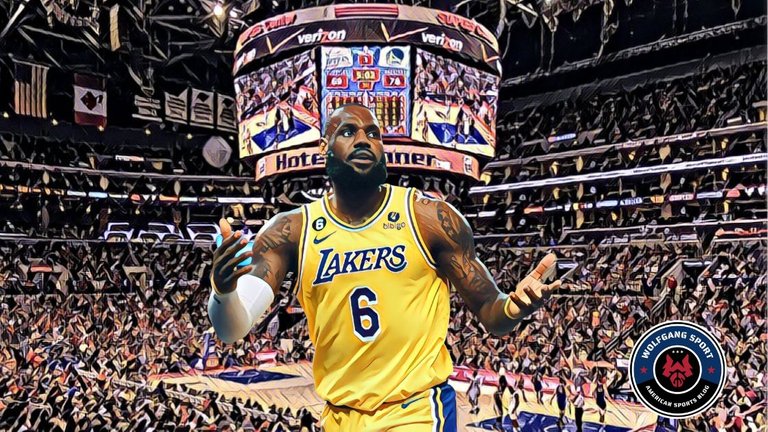What are the biggest NBA rule changes of all time? We take a look at the biggest changes that have had a lasting impact on how the game is played and team strategies. Basketball and the NBA continues to innovate and the rules of the game are very different from the early days and into the modern era. Let's take a look at the 10 biggest rule changes that shaped the game of basketball.

Website | Linktree | Youtube | Twitter | Facebook | LinkedIn | Instagram | Tiktok | Pinterest |
10. The Addition of Instant Replay (2002)
Instant replays were one of the biggest NBA rule changes of all time and took advantage of advancing technology. The NBA introduced instant replays six years before the MLB rule change an equivalent took place and was brought in to ensure fair play, maintain integrity of the game and to avoid controversial decisions. All potential buzzer-beating shots are reviewed by officials, and LED light strips were required on all NBA backboards as a result of the rule to help determine if a shot was successful.
9. Flagrant Foul Rule (1990)
Before the introduction of the flagrant foul rule the only penalty that was implemented beyond a common personal foul was that the coach on the team that was awarded the foul could pick which player would shoot the free throw attempts. To deter excessive or violent contacts the flagrant foul rule was introduced in 1990, and a Flagrant 2 foul results in an immediate ejection.
8. The Anti-Flopping Rule (2023)
Flopping is defined as “a physical act that reasonably appears to be intended to cause the officials to call a foul on another player.” Players like Vlade Divac, Manu Ginobili and even LeBron James have built notorious reputations for flopping. In 2012 the NBA started fining players but in one of the biggest NBA rule changes, the league introduced the rule of awarding a single free throw against those who commit a flopping violation in 2023.
7. Lane Expansion (1964)
In 1951 the lane was widened from 6 feet to 12 feet. It was again widened in 1964 from 12 feet to 18 feet. The rule change came about to limit the dominance of one of the best NBA players of all time Wilt Chamberlain. He was too fast, more powerful and towered over everyone in the league. Expanding the lane made it easier for guards to get into the paint and made the NBA a more even playing field by limiting the dominance of the big men.
6. Defensive Three-Second Violation (2001)
To continue making the game exciting one of the biggest NBA rule changes was implemented in 2001 with the introduction of the defensive three-second violation. No defensive player can spend more than three seconds in the paint while not guarding a player. The rule was introduced to reduce congestion in the paint and to give offensive players more opportunity to make an explosive play at the rim. It also coincided with the league permitting zone defenses as teams could no longer have a player planting themself in the paint.
I'll be back tomorrow with part two!
ABOUT WOLFGANG SPORT
Website | Linktree | Youtube | Twitter | Facebook | LinkedIn | Instagram | Tiktok | Pinterest |
Founded in 2020, I turned my lifelong passion for sport into WolfgangSport.com. As an Australian, I've always been fascinated with the cultural differences and global significance of sports in America so I started writing about topics on the NBA, NFL, MLB, NHL, MLS and more. Beyond these topics my vision with WolfgangSport.com is continuing to innovate by expanding exposure into developing technologies such as Web3 platforms as I explore elevating user experiences for readers.
The rules are so much for those players
I wonder how they always keep to it
If I may ask, is every of them inevitable?
Thank goodness for this. I hate that this became so common that it was actually introduced as a feature in video games. The idea of faking penalties / fouls is something that irritates me about any sport and it is upsetting to me that some players, like LeBron James for example, get special treatment by officials whenever he falls down.